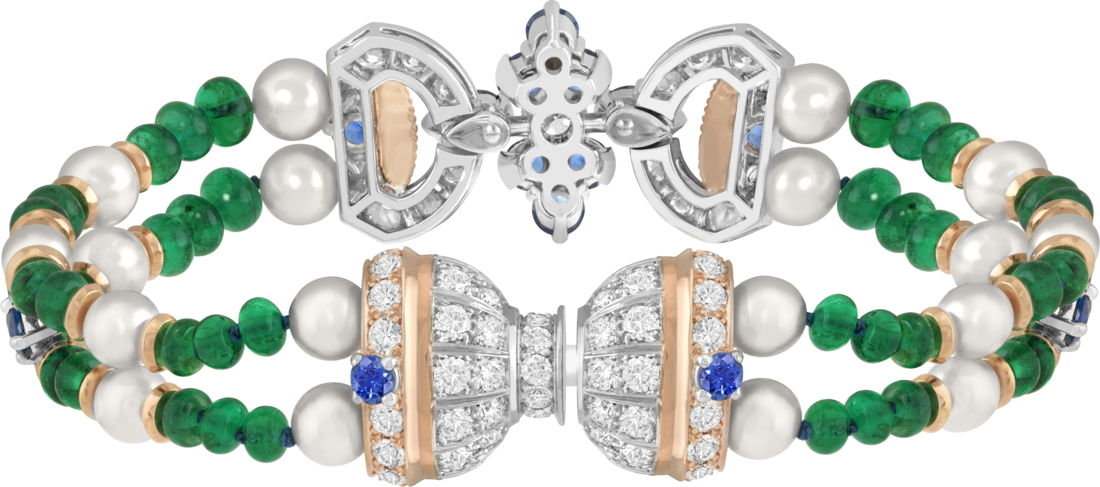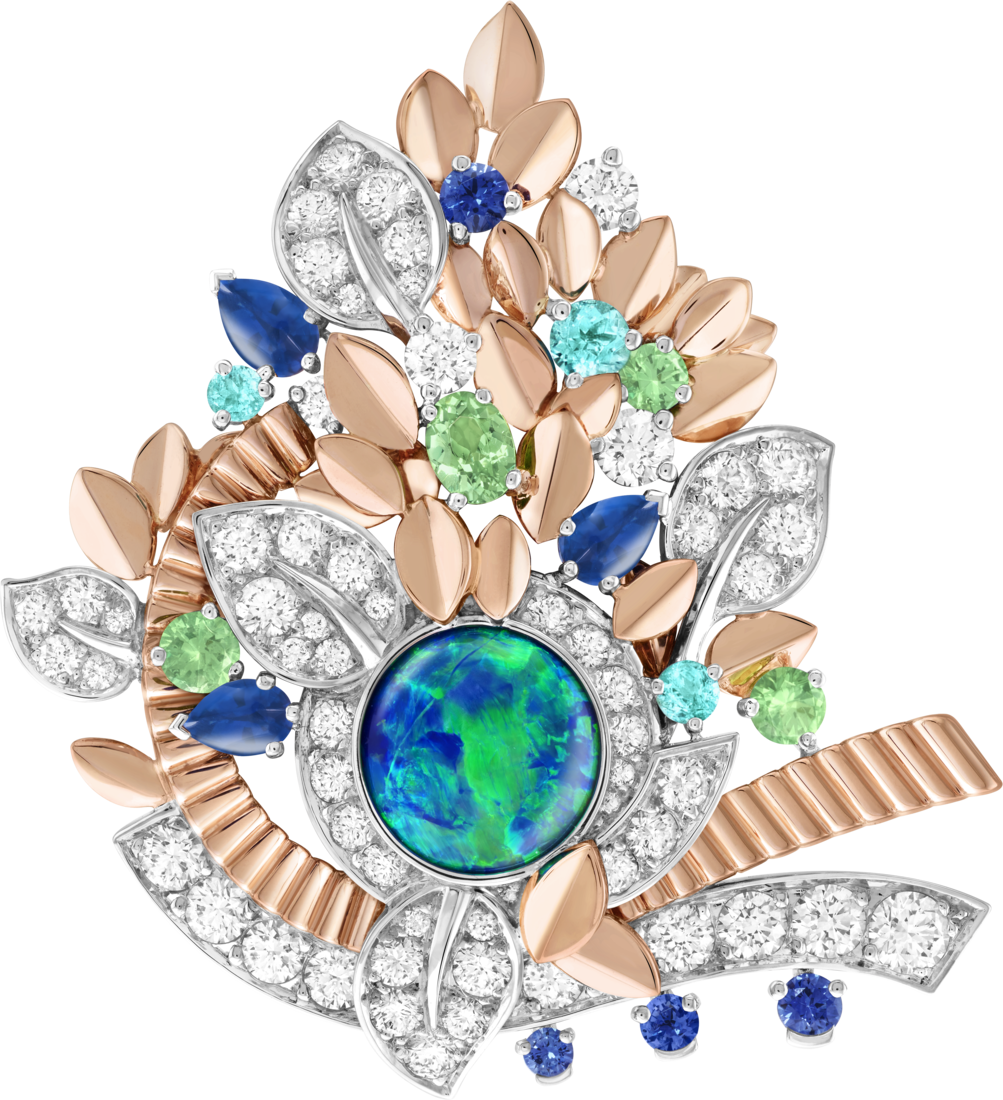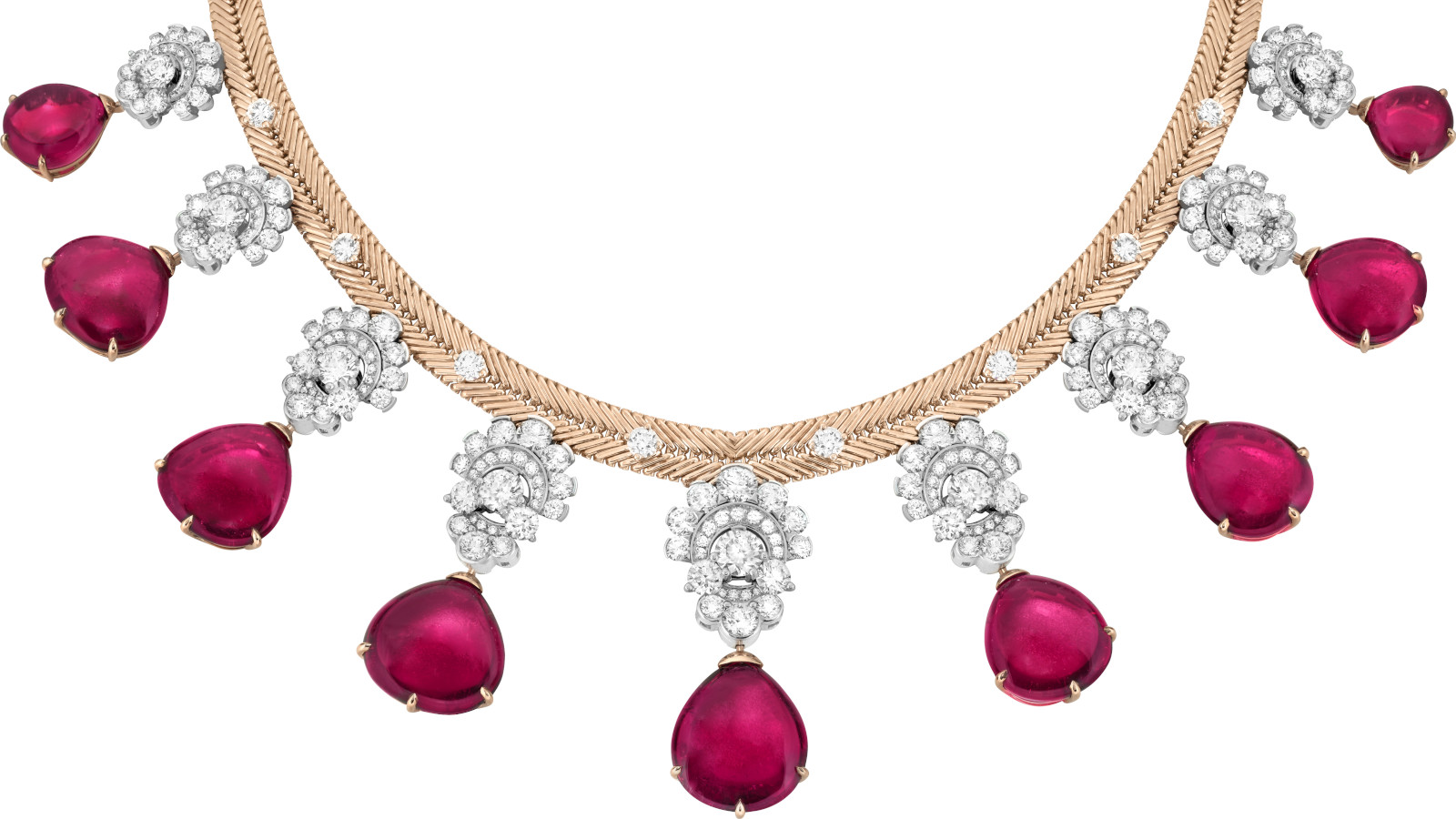
The Grand Tour, popular during the 18th and 19th centuries, saw aristocrats embark on adventures around Europe, taking in Paris, Italy, northern France, Switzerland and the German provinces in an embrace of culture and art. Van Cleef & Arpels founder André Suarès took his own trip in 1910, four years after founding the jewellery maison, later publishing his account in Le Voyage du Condottière.
Now, Nicolas Bos, president and CEO of Van Cleef & Arpels, pays homage to this tradition in a vast new high jewellery collection encompassing 70 pieces inspired by the cities of the Grand Tour, as well as Roman, Etruscan, medieval and Renaissance antique jewellery and the heritage of Van Cleef & Arpels itself.
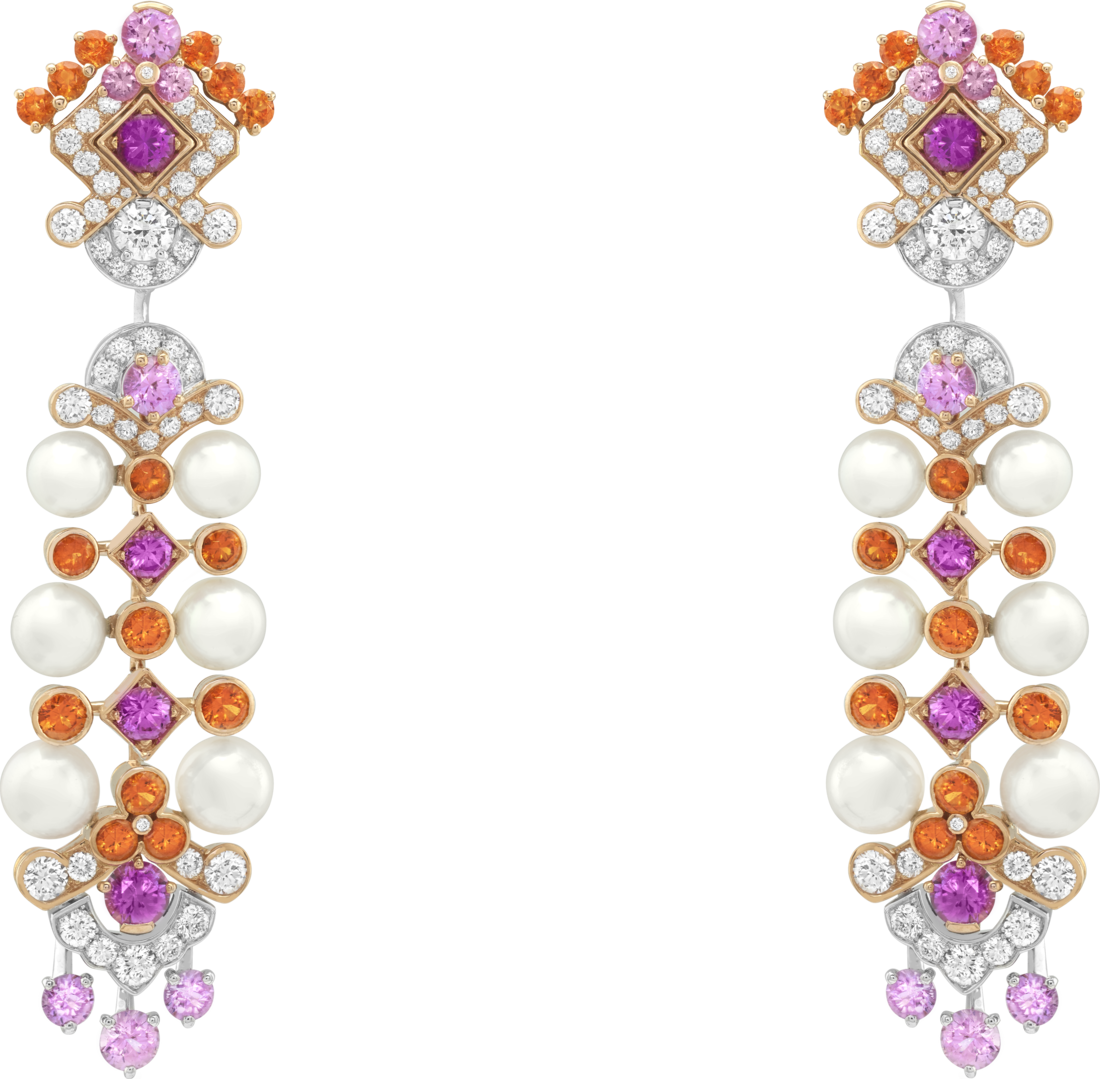
‘When we work with high jewellery, we love to take the opportunity to pay tribute to stories, or to specific themes,’ says Bos. ‘We want to come back to something that's a bit more narrative, more figurative. Last year was abstract, mostly white diamonds; we wanted to come back with more cultural diversity of materials and meticulous elements.
‘The Grand Tour has always been a fascinating story for me. It was not only a nice name,’ says Bos, describing it as somewhere between a form of travel and ‘a cultural artistic historical phenomenon’ that was popular for more than two centuries. ‘There are interesting materials about the Grand Tour – mostly from historians and art historians – where you will discover actually how important it was and how influential it was: the finish of art education on the early conception of museums and museum collection.’
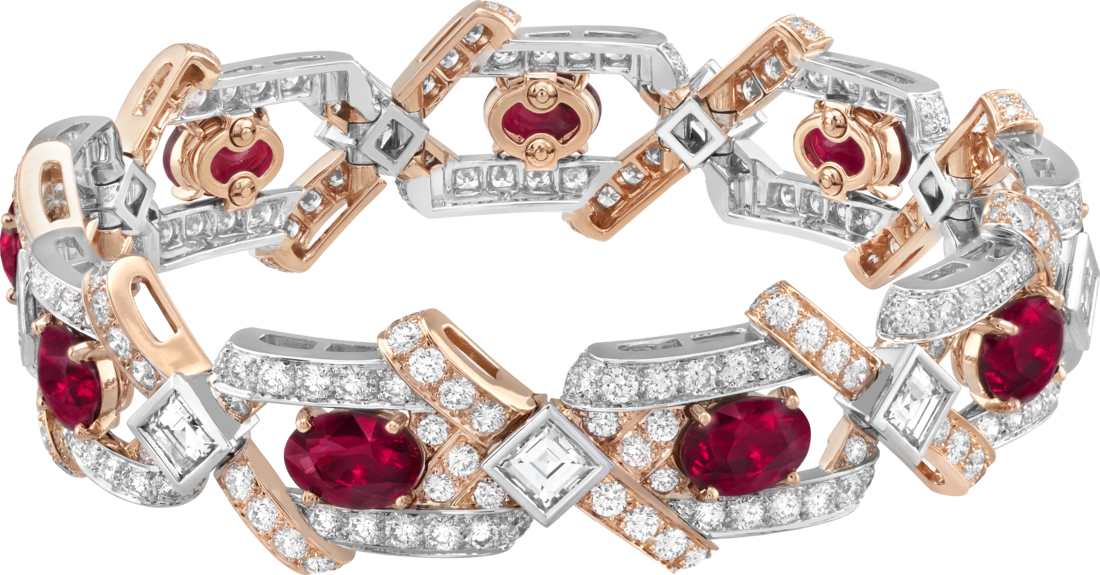
This research is intertwined throughout the new pieces, which incorporate intricate goldsmithing techniques as well as faceted gems and exceptional stones, including cabochons, opals, coral, pearls and sapphires.
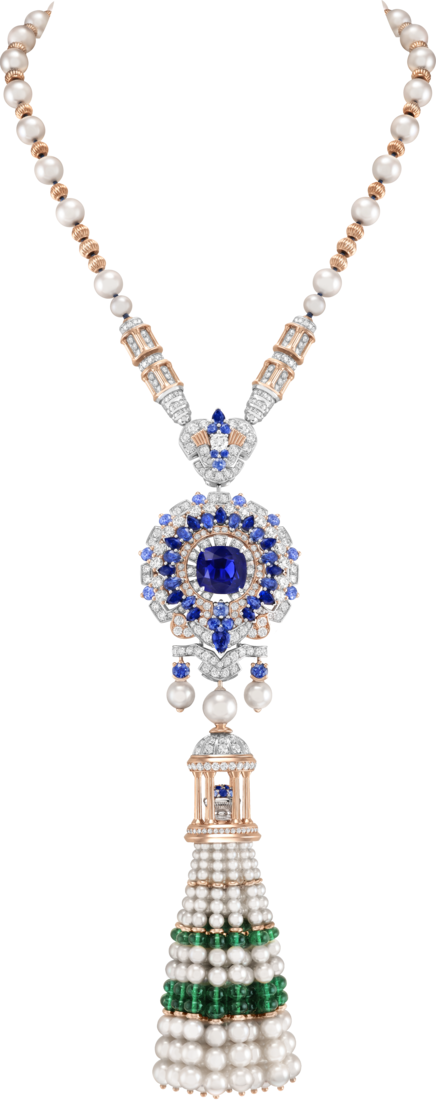
‘We want to create jewels that are going to live forever. They have to exist within the collection, they have to be connected to the story but also to exist by themselves,’ Bos adds. ‘That's very much a point of attention. It all translates: the techniques we use, the way we work with a stone, the transformability and the way we work on certain connections. And considering the nature of representation, because we love figurative drawing, but we don't want to be literal, we don't want to be photographic. You want the landscape of Rome, of Naples to be recognisable, but you don't want to put a postcard around somebody's wrist.
‘It still has to be a beautiful piece of jewellery that's about the harmony of colour, it almost becomes abstract. If you want to see the inspiration, it is there, but you don't need to review the catalogue to understand the piece.’
